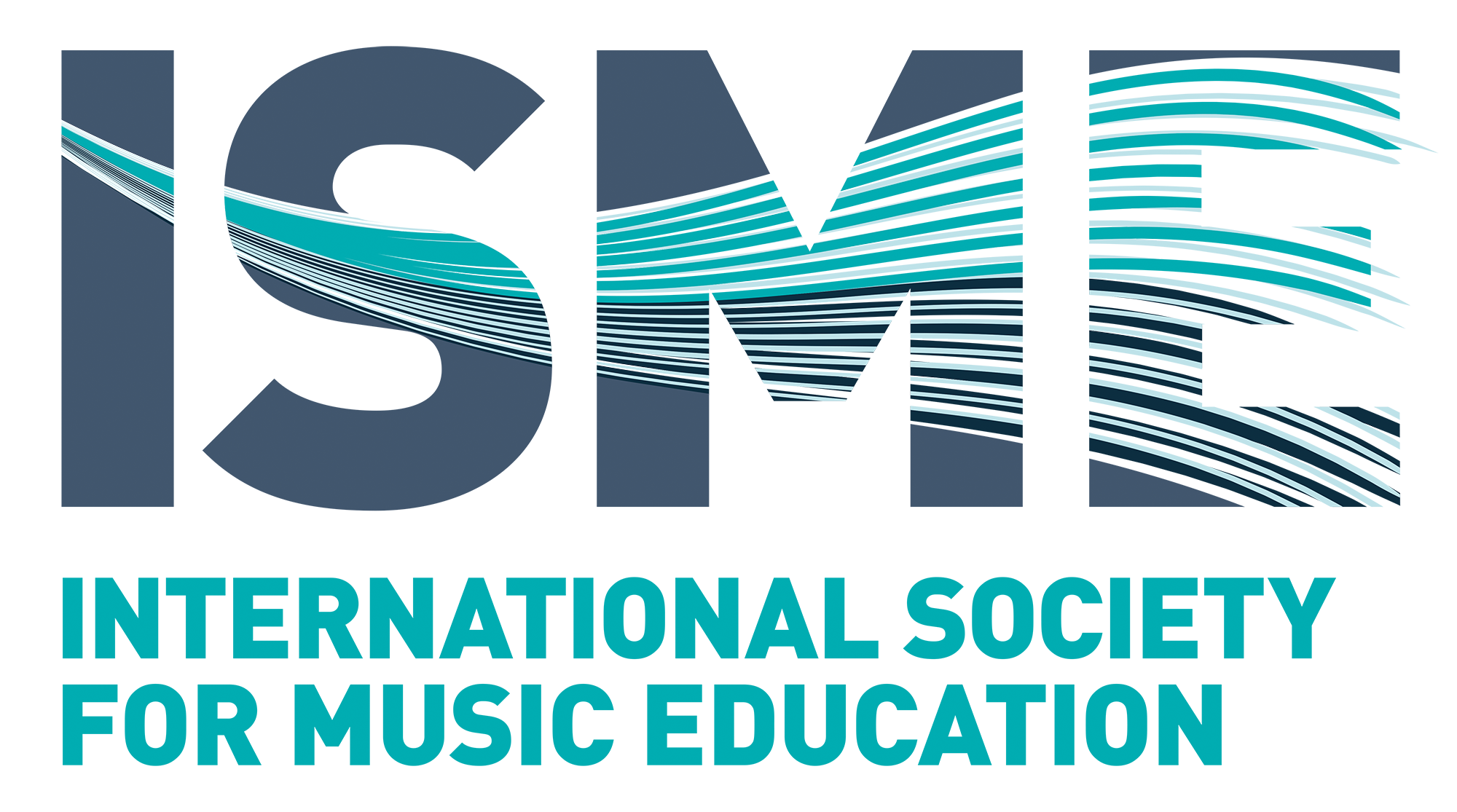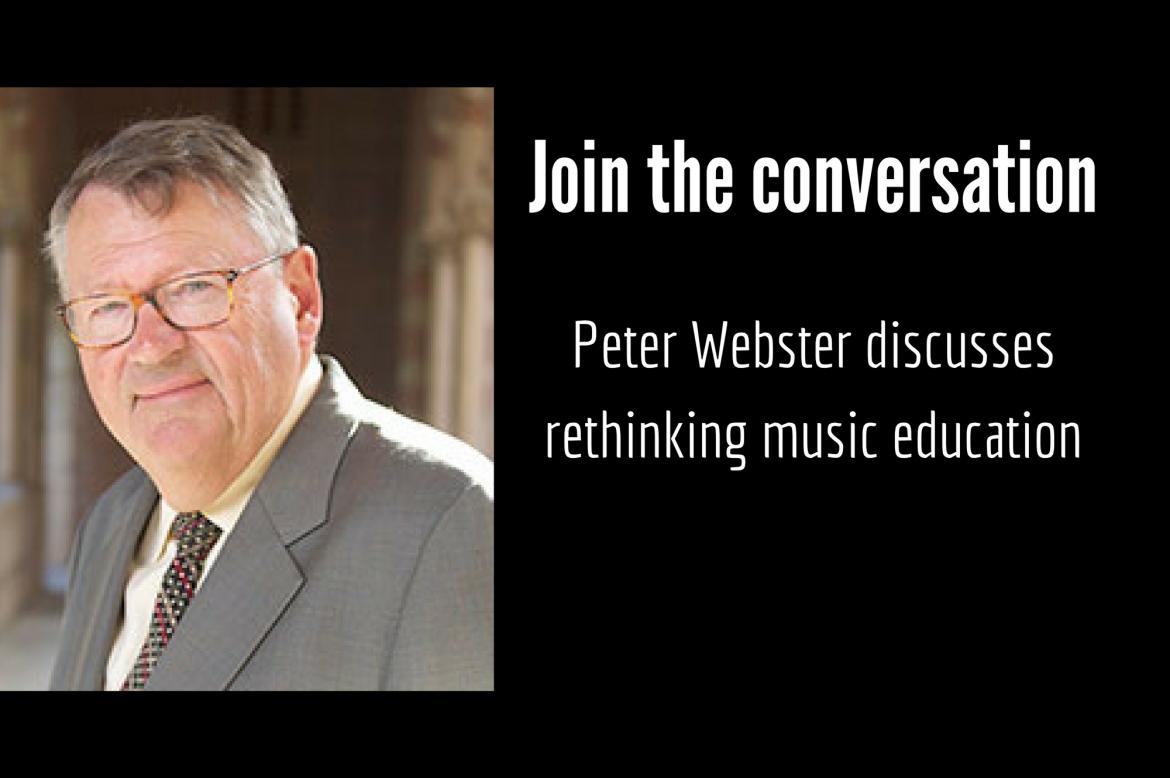This idea is one that has consumed me since my earliest days as a music teacher. I have come to think of this as a core principle of good music teaching and learning. The kind of music teaching that merges conceptual and technical information with opportunities to experiment with one’s own personal music making and to listen to and discuss a variety of music with one’s teacher is simply not common in my experience.
Perhaps it is time to take a lesson from our arts colleagues. Consider how an art teacher works with children with drawing or painting. Almost from the very beginning, students studying art learn about technique by making art. Drawing, painting, and working with clay is a personal experience as one learns about technique. Drama teachers work the same way when helping young performers work on dramatic roles. Often teachers of poetry in language classes ask students to create their own poetic structures while experiencing others’ poetry. In addition, parents of young artists, drama students, and poets see the result almost immediately of their children’s art making in the hallways of schools, refrigerator doors at home, and school assemblies.
Children studying music in performance venues, however, may go for months and even years before they have any opportunity to perform music of their own. Certainly we want to provide solid technical and conceptual understanding for playing and singing, but this is only part of the musical experience. For example, from the moment we begin teaching a young trumpet player how to play the most basic sounds, we should encourage improvisation and some prototypical composition. From the very start, creative exploration of music listening should be a big part of our work with students and include a wide variety of musical styles.
Consider for a moment how this might affect motivation. With the rich opportunities to create music comes an inherent desire to learn more about technique. Practice time is not based only on a teacher-directed and teacher-centered set of technical challenges, devoid of any student engagement. Instead, there is added a personal investment in improving one’s playing or singing. Listening to one’s recorded performances focuses attention on the need to improve sound. Students asked to analyze their own musical performances, perhaps their own music, become more intrinsically engaged.
Imagine how this might change the public face of the music teaching and learning. Parents would be treated not only to the performance of the music of others but also children’s own music. Students would learn much earlier about forming their own music ensembles. Traditional band, orchestral and choir ensembles would be augmented by chamber ensembles of various types. More musical styles could be explored as well as more non-traditional ensembles.
All of this might be applied to advanced study of music theory and music history. For example the study of music theory wedded intimately with personal composition and improvisation might lead to more effective understanding of theory. Creative approaches to music listening might add new dimensions to music history instruction; I have in mind here the more creative use of personal imagination when dealing with historical information. This in turn might lead to more interesting intersections between performance, theory, and music history. I have come to believe that this kind of pedagogy may require a transformation in how we prepare future music teachers. The troubling truth is that school music teaching for the classroom and performance teachers in many K-12 schools and in colleges has really not changed much in fundamental ways for a hundred years. Certainly, some of the technological advances with digital technology have affected how teachers administer programs and record and reproduce music, but the kind of music taught, what is actually done creatively with students, and teachers’ approach to top-down instruction of music all remain relatively unchanged.
Bands, orchestras, and choirs performing tonal Western concert music is important but must be blended with more formal attention to popular, folk, and world music. Classroom instruction for younger grades can continue to be defined by singing and moving but must also include attention to composition, improvisation, and creative listening. We need to completely rethink methods class to include more composition and improvisation and greater attention to technology.
We must also change the music education culture. Music is rarely shared with the community other than in the school concert halls and largely only to the parents of those participating. Music teachers generally do not see their roles as leaders in community music engagement. They think of the assessment of music learning as only the awards won by individuals or ensembles at contests or music festivals and not portfolios of students’ growth as defined by teachers and the students themselves.
The importance of Western concert music beautifully performed by school ensembles is to be celebrated and must continue. But there is a price to pay if this is not blended with other ways of making music, with the wide variety of music in our culture today, with a larger number of students and parents, and with more meaningful examples of real music learning that encourages reflection and creative thinking.
The price is that music is seen as elitist—nice for the chosen and “talented” few—but too much of an expensive frill for most school programs, and not at the core of what schools do. Music is seen as vocational training and entertainment and not a central force for ALL students’ development of personal expression, creativity, and aesthetic understanding. The price is that music teachers resort to non-musical ways to defend music in the schools as helping student concentration, independence, and math scores—rather than as a fundamental way of knowing what the arts provide.
It is time for us to rethink why we have music in schools, what is it we teach, who is it that we teach it to, and how we do this in the age we live in today. It is time for us to consider new ways to engage a wider and more diverse number of school students in music by encouraging creative work with performance, improvisation, composition, and reflective practice. Why can’t we educate today’s music teachers to feel comfortable teaching a wind ensemble, overseeing a rock band, leading a songwriting class using acoustic and digital technology, and organizing concerts of student-created music in schools and community centers. I see no reason why this cannot be a comprehensive goal for music teacher education. In short, we must transform the landscape of music teaching and learning to a more contemporary place that celebrates the creative musical world students inhabit in 2018.












